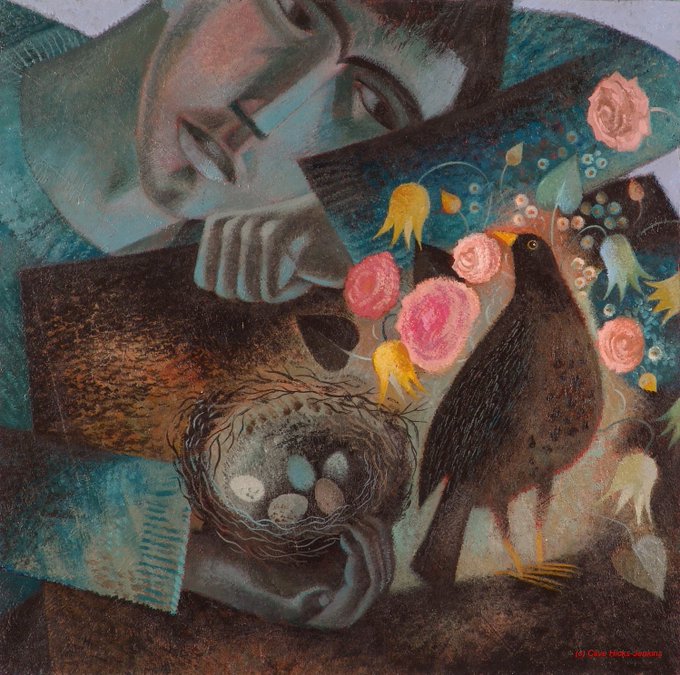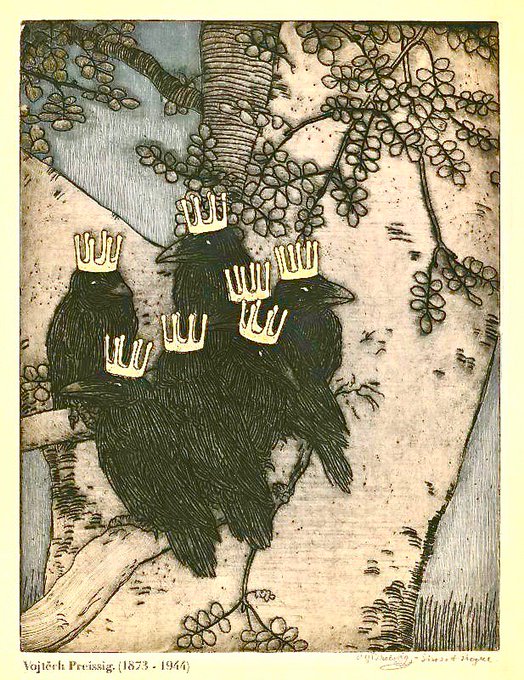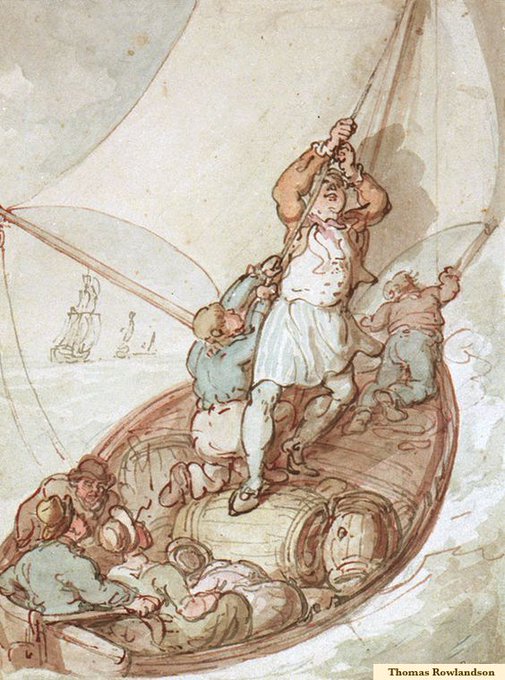Chinese Fairy Tales & Fantasies (Folio Society)
Lovely 'flowing' illustrations by Victo (Victoria) Ngai (b.1988, grew up in Hong Kong, lives in Los Angeles)
#FairyTaleTuesday
Carta Marina, completed in 1539 by Olaus Magnus (1490–1557), was drawn from various cartographic sources and included monsters of the seas allegedly based on the observations of sailors who believed seeing or catching such creatures brought bad luck. #wateryfolklore
E. T. A. Hoffmann´s (1776–1822) Nutcracker and the Mouse King illustrated by Artuš Scheiner (1863–1938), a self-taught artist from Bohemia whose first book of fairy tale illustrations was released in 1902. #FairyTaleTuesday
In the Middle Ages nutmeg was worn in pouches to ward off plague. Nathaniel Hodges (1629–1688) put a nutmeg in his mouth before treating plague victims & attributed it to his survival (Fleas dislike the smell of nutmeg so wearing it might have helped a tiny bit) #folkloreplants
Fairies and their imaginative vehicles... #Victorian fairy paintings by Amelia Jane Murray (1800-1896) who was born on the Isle of Man in 'Port-e-Chee', which means ‘fairy music’ in Manx Gaelic. The local #folklore inspired her work.
#FairyTaleTuesday
When St Kevin stretched his arms through the window while at prayer a blackbird landed on his palm & laid her eggs. Without wearying, he let her nest there until the eggs hatched & the birds flew away. Art: Clive Hicks-Jenkins https://t.co/CxcjblCEzp #FolkloreThursday #saints
The Anti-Hatpin Squad of the New Orleans Police Department was est.1913 after a spate of hatpin woundings in the city. Women wearing #hatpins with exposed points faced a $10 fine or 5 days in jail. Shops quickly offered free ‘hatpin shortening bureaus’ or sold point covers.
When a father makes an ill-considered wish, his 7 sons are transformed into ravens. Their brave sister goes on a quest to find them, undoes the curse & brings them home. “The Seven Ravens”, Grimm’s Fairy #Tales. #FolkloreThursday #NationalStorytellingWeek
From 1710 playing card manufacturers were obliged to pay the British government tax at 12x the cost of a pack. As forgeries abounded the Ace of Spades was hand-stamped to prove legitimacy (Penalty for card forgery: hanging) The tax was repealed in 1960 (These: Dutch cards c.1925)
Traditional sea-shanties are sailors’ work songs used to coordinate labour through rhythm and to alleviate boredom. The shantyman would sing most of the song, the other sailors joining the refrain & chorus. Here is “Sailor’s Alphabet”:
https://t.co/9UsebkfPs5
#FolkloreThursday
































